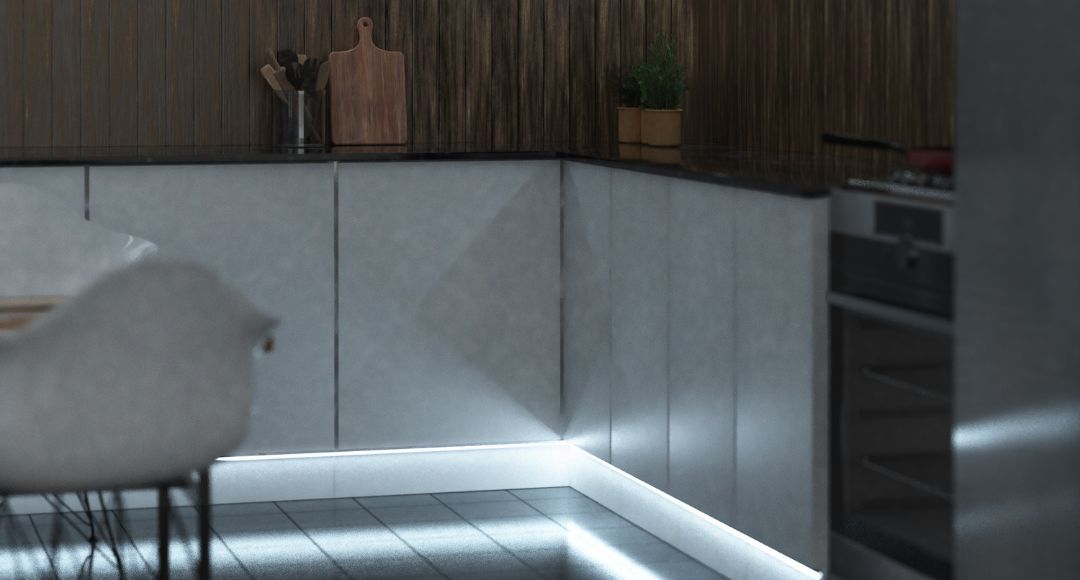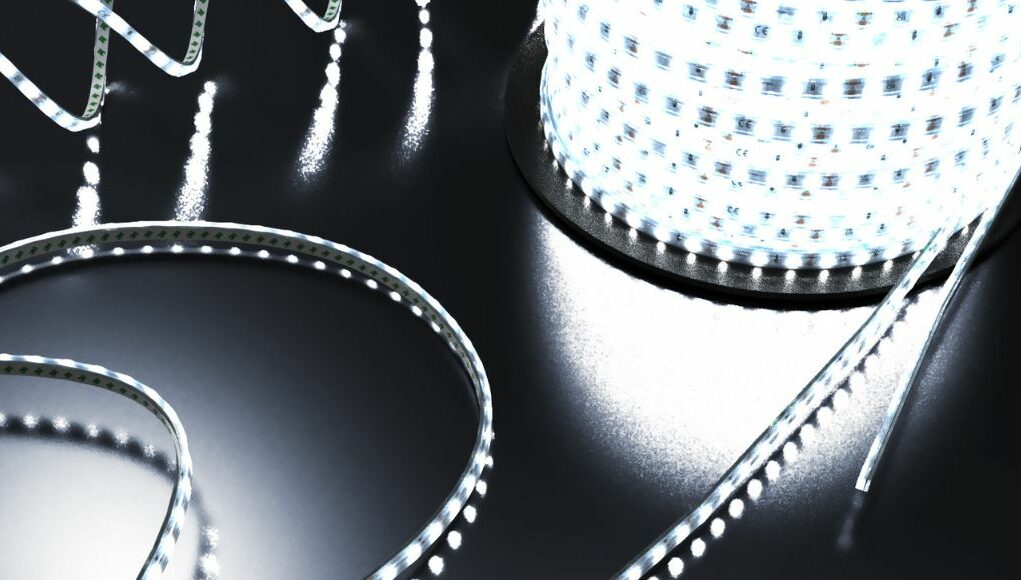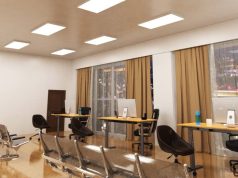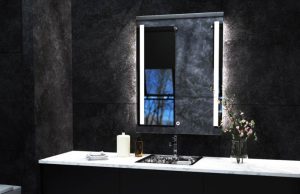When you look at modern interior design, you’ll see many contemporary lighting solutions integrated throughout the space. One of which is LED strip lights! Unlike most light fixtures, LED strip lights are pretty unique in terms of their construction. Nevertheless, it’s versatile enough to keep up with various lighting requirements and highly energy-efficient that you’ll never consider returning to traditional fixtures!
So, are you curious about what LED strip lights can do to your space? If that’s the case, here’s everything you need to know about this extraordinary lighting!
Understanding LED Strip Lights
When you think of a lighting fixture, the first thing that you’ll most likely picture is a light bulb enclosed in an outer frame or shade. While most fittings are designed that way, LED strip lights take a different approach.
LED strip lights are ribbon-like circuit boards with LED chips on one side and adhesive backing on the other. It has no outer covering, so you’ll see the circuit board throughout. However, some strip lights have a different style wherein the chips are not visible.
One of the primary and most notable characteristics of an LED strip light is its flexibility. Also, it’s available in different colour options and is incredibly efficient! More often than not, you’ll find strip lights outlining TVs, furniture pieces, cabinetry, displays, and more.
Benefits of LED Strip Lights
We don’t tell you to use LED strip lights just because they’re a growing trend for lighting up your spaces. The benefits of using LED strip lights go beyond just being a good choice of lighting in any given space. Let’s explore each one of them:
Cost-effective
LED strip lights are more cost-effective than any traditional lighting since they use modern LED technology that gives them an edge on both longevity and efficiency.
Long Lifespan
LED lights can last up to 50,000 hours of continuous lighting, which, if you put it into perspective of how much you’re using the strip lights, is a very long time. This drastically lowers the need to replace bulbs and fixtures as you would with traditional lights, saving you money on replacement costs.
High Energy Efficiency
Unlike incandescent bulbs, which require a filament to be heated to generate light, LEDs produce illumination by directly converting electricity into light without the need to heat any component. This means more luminance is generated while using less energy.
Flexibility
LED strip lights are super flexible, being able to bend and twist to your desired form, making them ideal for lighting up tight and otherwise hard-to-light areas. This means fewer unwanted shadows and dark spots in your space. You can also use connectors for 90-degree corners for a cleaner installation.
Customisability
With the use of LED controllers and the current innovation in smart integration, the customisability options for LED strip lights have just expanded.
Colour temperature
Depending on the mood you’re aiming for, you can either get an LED with a fixed warm or cool colour or an adjustable colour and temperature (will need an LED controller). Warm colours are for a more cosy and inviting atmosphere, while cool colours are for a more energetic vibe. Installing RGB/RGBW strip lights gives you a wider option for mood setting.
Brightness
Like the temperature, some LEDs have options to adjust their brightness. This also helps set the mood for your space. Most LED strip light kits with pre-attached controllers will have this option.
Low Heat Emission
As mentioned above, LEDs don’t need to heat filaments or any components, meaning minimal heat is generated. This is ideal for lighting up tight, enclosed spaces like cabinets, drawers, and custom PCs. Low heat emission also means LED strip lights reduce the risk of fire hazard compared to traditional incandescent lamps.
Smart Integration
More and more LED strip light manufacturers are integrating smart options for their LEDs. Smart LED strip lights provide many people with quality-of-life benefits. Smart options include motion sensor lights, scheduling, voice commands, automation, and syncing to other smart devices.
Types of LED Strip Lights
There are several kinds of LED strip lights. If you proceed to shop before knowing them, you might get too overwhelmed and not be able to purchase the strip lights that are suitable for your installation. So, to help you make the best choices, here are a few of the most basic types of strip lights you need to know!
- Single-Colour – Single-colour LED strip light can only produce one colour, whether it’s from the colour wheel or the colour temperature scale. This type is perfect if you’re sure you won’t get tired of that shade. Also, you can use it as task lighting or ambient lighting in different areas of your home!
- RGB – An RGB LED strip light gives you access to thousands of colours in the colour wheel. It gives you more diversity and is perfect if you like hosting themed parties and events!
- RGB + W – What makes an RGB + W strip light different from an RGB strip is its dedicated white LED chip. So, whenever you want a break from all the festive colours, you can set your lights to white.
- CCT – If RGB gives you access to the colour wheel, CCT gives you access to the entire colour temperature spectrum. This is your partner if you love changing the ambience of your home to fit your mood and activity!

Considerations for Choosing LED Strip Lights
When considering the versatility of LED strip lights, it’s natural to think they can do so because of their many varieties. Similar to the types, you might not get the strip lights you need if you do not consider various aspects. So, what should you look into when choosing strip lights?
Brightness and Lumens Output
LED strip lights have varying lumens output. The question is, how do you determine the lumens output that you need? The amount depends on the size of your space. To make it easier, search for online lumens calculators and input the necessary details. Then, you can use the result as a reference when checking for lumens count.
In addition, the brightness of your strip lights should also be appropriate for the activities you do in that area. You’ll need brightener strip lights in your study room so you can concentrate and work comfortably. However, you don’t need that same brightness level in your bedroom because you’ll be resting there.
Colour Temperature and RGB Options
Colour temperature can influence the atmosphere of the space. Therefore, depending on the ambience you want, your strip lights’ colour will vary. Cool white and natural white can create an environment suitable for working and completing tasks safely and efficiently. On the other hand, warm white light can create a cosy and relaxing atmosphere.
Regarding colour options for ambience, it’s better to choose colour-changing versions (CCT, RGB or RGB + W) to change the setting whenever you prefer.
Waterproof Ratings for Outdoor Use
Besides brightness level and colour, LED strip lights also come in various IP ratings. For indoor use (areas away from water sources), you can use a strip light with an IP20 rating. However, your strip lights should have an IP65 rating for the bathroom and outdoors. Anything that will be exposed to water or will be used for outdoor applications should at least be IP65-rated to ensure that it will not get damaged.
LED Strip Light Buying Guide
Simple Lighting has created a downloadable, comprehensive LED strip light guide to help you make the right choices when buying strip lights. This guide should tell you everything you need to know about LED strip lights and what to look out for when buying:
A COMPLETE BUYER’S GUIDE FOR LED STRIP LIGHTS
Read the complete guide to understand which strip lights to get for your lighting projects.
Installation and Placement Considerations
So you’ve got your LED strips, the LED drivers are correct, and you have a location for the installation. Now, let’s quickly review what you must consider when installing your LED strip lights.
The installation of LED strip lights is pretty straightforward. You only need to follow the mounting guidelines provided with the model and follow it step-by-step. During installation, you’ll most likely require a strip light (of course) and an LED driver. To ensure a clean set-up, you should consider mounting your strips in an area where you can tuck the LED driver away.
As for positioning your LED strips, the best areas to use them are under the cabinets, along the toe kicks, under the shelves, under the bed and sofa, behind your TV and computer screen, etc.
Other Installation Considerations
Adhesives
LED strip lights typically come with pre-applied back adhesives. While often functional, these are not ideal for a longer, more secure installation. For lasting adhesion, a stronger double-sided adhesive is usually recommended. Clean and dry the surface properly to avoid compromising the adhesive.
Mounting Clips
Using clips is a more secure way of installing your LED strip lights since these are screwed to the desired surface. These are also the best option for mounting strip lights on uneven surfaces. There are fewer chances of your strip lights falling while using mounting clips to keep them in place. Just make sure you screw each one correctly.
Aluminium LED Channels/Profiles
While these might be more expensive than the other two options, using aluminium LED profiles can provide a clean and professional-looking finish to your LED strip light installation. The built-in light diffuser produces a more even and softer glow. They can also act as a heatsink to prevent the strips from overheating.
Using the Right Connectors
You can connect your LED strips using solderless connectors. These are especially helpful for navigating corners. Since RGB strips are usually wider than single-colour strips, their connectors will also be wider. So, ensure you get the correct type of connectors for your project to prevent headaches and delays during installation.
If you prefer soldering the strip lights, cover each connection with insulated heat shrink tubes. If you are unsure about installing the lights, get professional assistance.
Above all, the most crucial reminder when installing your strip lights is to always be safe! Call an electrician if you’re unsure about your skills and are not confident in DIY-ing the installation. If you choose to do it alone, always switch off the main power supply before connecting anything. Also, if you mount your strips in high places, get a stable ladder and don’t just step on random furniture.
Conclusion: Illuminating Spaces with LED Strip Lights
Always consider your LED strips’ colour, brightness level, and IP rating when choosing them. That way, you’ll be able to find a suitable model that will make your intended application possible! So, if you’re contemplating getting strip lights for your space, visit our website, Simple Lighting. We have an extensive collection of LED strip lights and various lighting solutions!














